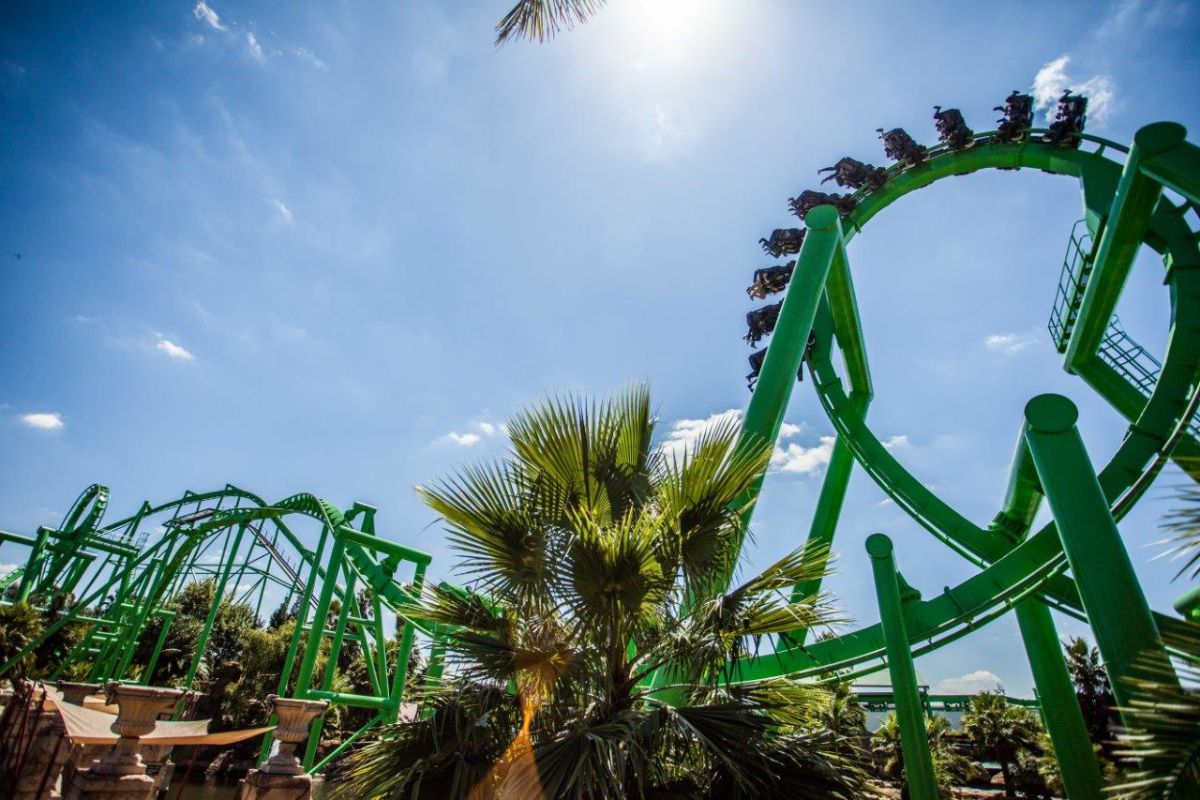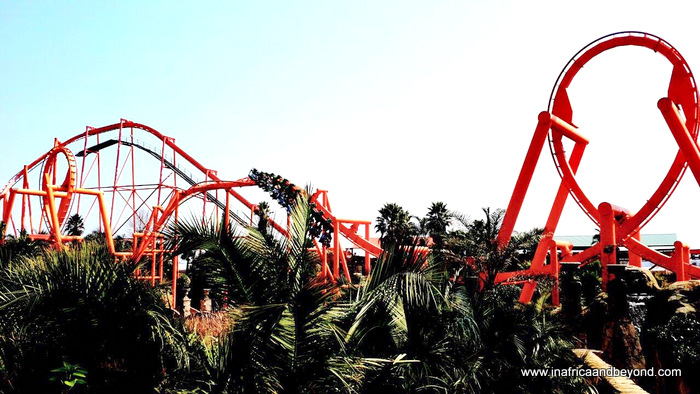Johannesburg North Attractions Fundamentals Explained
The Best Strategy To Use For Johannesburg North Attractions
Table of ContentsAll About Johannesburg North AttractionsSome Known Factual Statements About Johannesburg North Attractions Get This Report about Johannesburg North AttractionsThe Definitive Guide for Johannesburg North AttractionsJohannesburg North Attractions Fundamentals ExplainedThe Ultimate Guide To Johannesburg North AttractionsNot known Facts About Johannesburg North Attractions
Nevertheless you must keep safety and security in mind and visitors need to remain sharp at all times when in strange surroundings. Speak with the citizens when you are in community to learn about the location you are remaining in. Johannesburg North attractions. When on the road (this does not apply to shopping center and other safe and secure environments) finest basic guidance is to attempt your ideal to look like a regional and to stay clear of displaying any type of wide range
Johannesburg North Attractions Fundamentals Explained
Professor Revil Mason O. J. (Thomson, 1946) checked out the Witwatersrand's pre-colonial background. His historical work blew up the 'em pty land' misconception, according to which the area was lacking human habitation prior to the arrival of European settlers. In his magazines Prehistory of the Transvaal: A Document of Human Task (1962) and Origins of Black Individuals of Johannesburg and the Southern Western Central Transvaal Advertisement 3501880 (1986 ), Teacher Mason demonstrated the degree of social and financial growth in the location prior to Europeans set foot here.

The Johannesburg North Attractions Diaries
In 1878, David Wardrop found gold in quartz capillaries at Zwartkop, north of Krugersdorp. In 1881, Stephanus Minnaar came throughout gold on the ranch Kromdraai, near the Cradle of Humankind.
In March 1886, an outcropping (soon to be called the Main Coral reef) was located, fairly fortuitously, on Gerhardus Oosthuizen's ranch Langlaagte. Some claim that the Lancastrian coal miner George Pedestrian found this reef. An additional travelling English miner, George Harrison (that had actually formerly operated in Australian mines) obtained a prospecting licence in respect of Langlaagte in May 1886.
He made a decision to go on in a pursuit for greener pastures, and disposed of his Langlaagte claim for the handsome sum of 10. Alas: underneath lay the wealthiest goldfield ever before discovered. The exploration of this abundant auriferous coral reef prompted a gold rush that indicated completion of agrarian serenity in the southern Transvaal.
It would, within six years, end up being the largest town in southern Africa. Within a decade, it website link would make the Z. A. R. until then an anarchical and bankrupt little state the most affluent country in Africa. By the turn of the century, the Z. A. R. was to surpass Russia, Australia and the USA of America to come to be the globe's leading gold producer, producing greater than a quarter of the world's gold.
How Johannesburg North Attractions can Save You Time, Stress, and Money.
It was called Ferreira's Camp, named after Colonel Ignatius Ferreira. He was a Boer traveler upon whom the British authorities had bestowed the standing of Buddy of the Most Identified Order of St Michael and St George (entitling him to the post-nominal letters C. M. G.) in thankfulness for his role in the battle that had actually deposed the Pedi king Sekhukhune in 1879.
Quickly the camp was including tents and wagons as novices showed up daily from much and wide. By September 1886, some 400 individuals resided in Ferreira's Camp, which quickly boasted upreared iron and timber structures. Two various other camps were established: Meyer's Camp on the farm Doornfontein, and Paarl Camp. The latter was nicknamed Afrikander Camp; many people from the Cape Swarm cleared up there.

Johannesburg North Attractions for Dummies
This name got currency by word of mouth, such that the State Assistant verified the name to the Mining Commissioner on 9 October 1886. Stands in the village were auctioned on 8 December 1886. While some stands try this out were marketed for 10, others were knocked down for as little as sixpence.
2 years later, these erven were to change hands for as long as 750 each. The tented camps dwindled as a dorp of corrugated iron structures established and expanded north of have a peek at this site the mines situated along the Main Coral Reef Road. Locations such as Jeppe's Town (where working-class immigrants erected their houses) and Doornfontein (where the upscale brand-new 'Randlords' began to create their opulent houses) were soon contributed to the ever-expanding map of the town.
Getting The Johannesburg North Attractions To Work
Apart from the street names, there were no indications of Johannesburg being positioned in a Dutch-speaking country. Years later on, C. W. Kearns O. J. (one of the very first children enrolled at St John's University in 1898) would certainly recall: 'An odd reality about Johannesburg was that, although it was in the [Boer Republic], almost every person talked English and also the Government servants dealt with one in English, unless they were very first resolved in the Taal (or Reduced Dutch)'.
Britain had an interest in ensuring optimum problems for gold manufacturing on the Witwatersrand, and that the gold was exported to London instead than Berlin a necessary provided all the a lot more clamant by the Z. A. R.'s boosting toenadering with Germany. Mine owners were on a clash with Head of state Kruger, whose policy of monopolistic giving ins (typically given to his cronies) avoided mining companies from acquiring products of materials (especially dynamite) and work by themselves, less expensive terms
The Facts About Johannesburg North Attractions Revealed
In 1890, the Volksraad had limited the franchise to white guys that had stayed in the Z. A. R. for fourteen years or longer, thus invalidating the majority of the immigrants (that occurred to be the significant contributors to the fiscus). Agitation for the vote was a plain pretense for promoting a different schedule; most uitlanders regarded themselves as momentary site visitors and had no intention of staying in the Z.